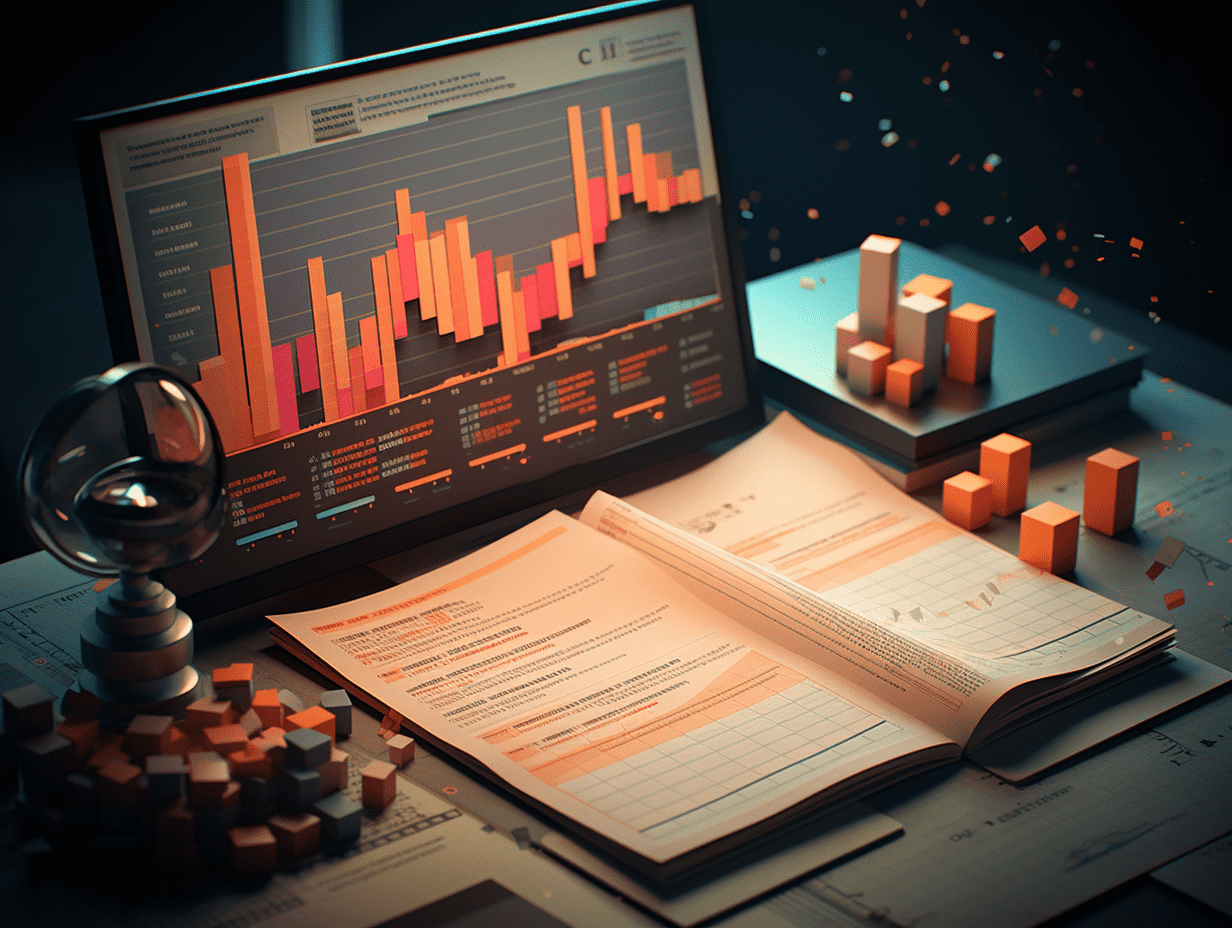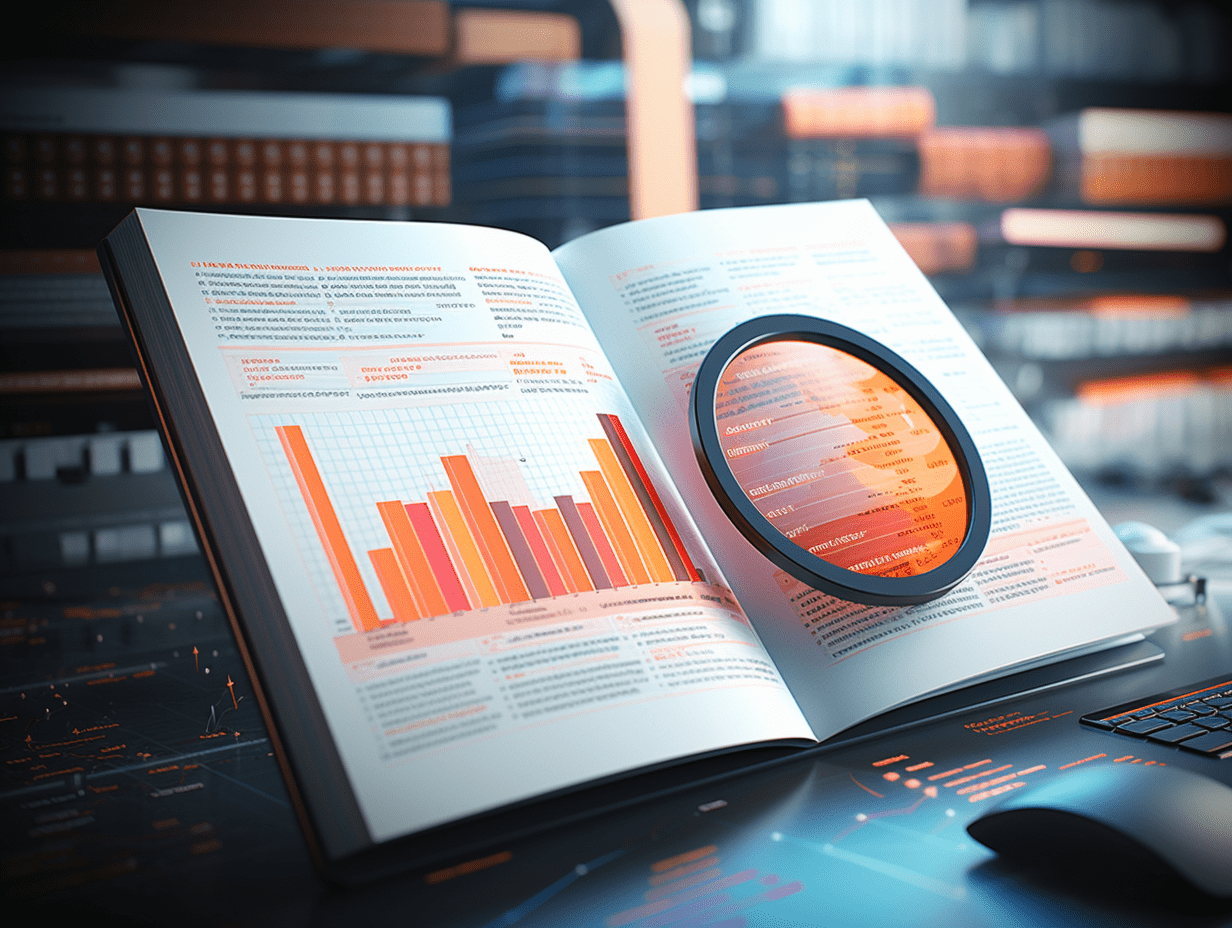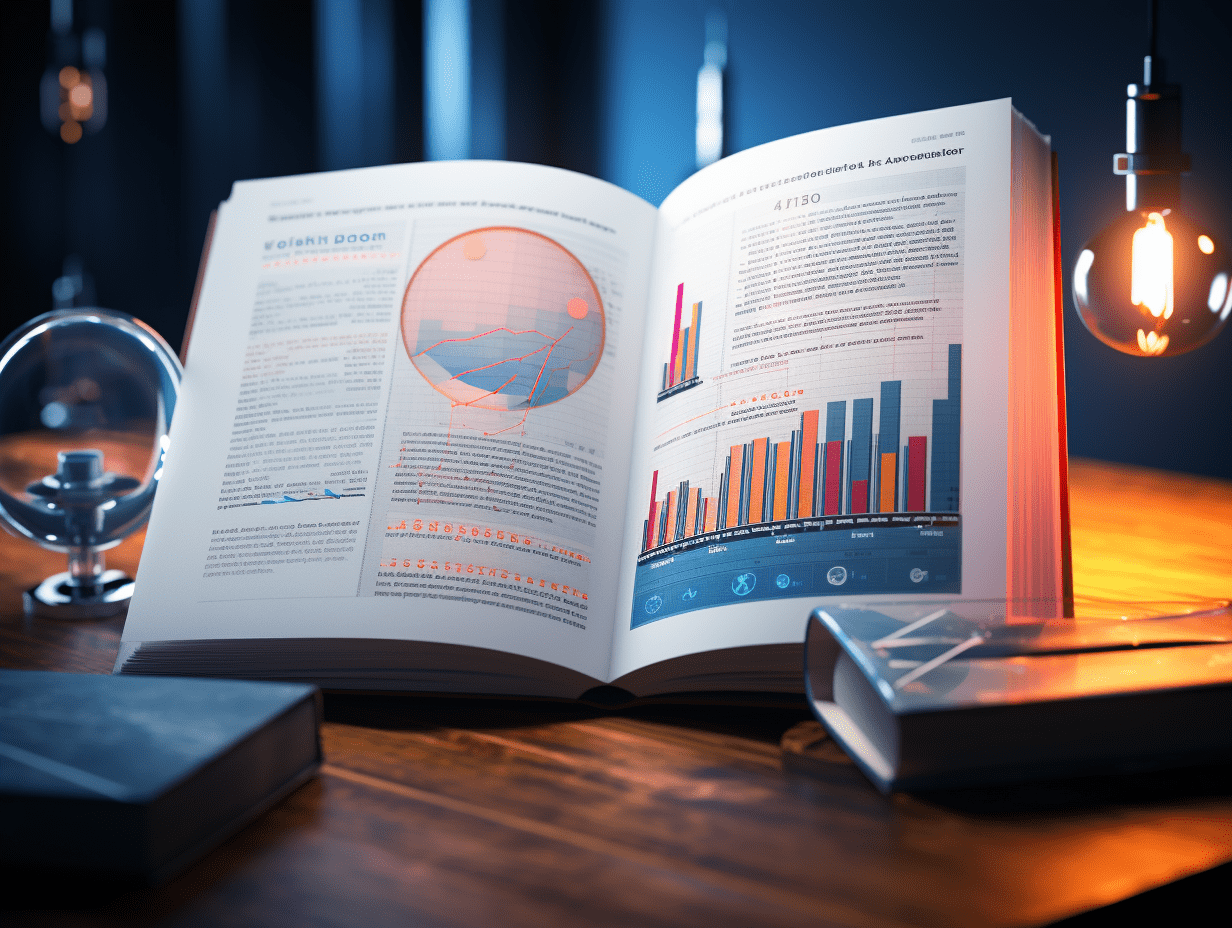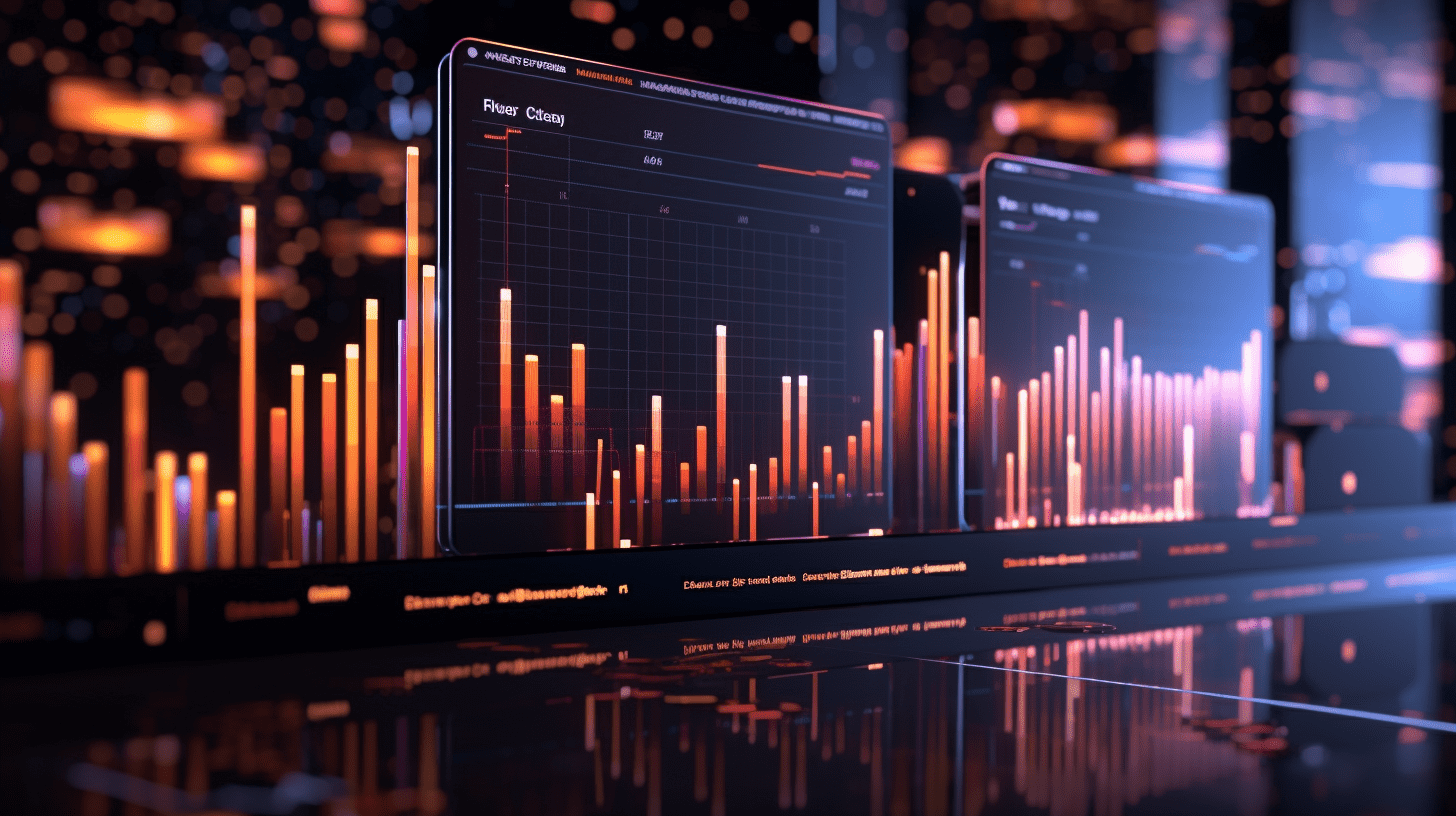Apple Inc. (AAPL.US) earnings conference: FY25Q2 stocking drive exceeds expectations as expected, QA focuses on AI strategy + tariffs + anti-monopoly three major topics.
Most of the iPhones sold in the American market will come from India, while the majority of other devices (including iPads, Macs, Apple Watches, and AirPods) will come from Vietnam. China will continue to be the origin country for the vast majority of products sold outside the United States.
1. FY25Q2 performance slightly exceeded expectations, mainly due to advance stocking to avoid tariff policies
Revenue was $95.4 billion, YoY +5.1%, expected $94.5 billion. Guiding FQ3 revenue growth to low to mid-single digits %. EPS $1.65, expected $1.62. Product revenue was $68.7 billion, YoY +2.7%; iPhone revenue was $46.8 billion, YoY +1.9%; according to IDC, iPhone shipments in 25Q1 were 57.9 million (YoY +10%) due to the launch of iPhone 16e and pre-stocking before tariffs. Greater China revenue was $16 billion, YoY -2.3%.
2. Shareholder Returns
Cash dividends increased by 4% to $0.26 per share, and the board approved an additional $100 billion share buyback plan.
3. Focus 1) Apple AI update delayed, no specific schedule for Siri upgrade mentioned
Acknowledged that Apple still needs more time to develop AI-enabled Siri. Uses both self-built data centers and pedestal models as well as third parties. Previously, Alibaba and Apple reached a cooperation in AI business in China.
Focus 2) Clarify the impact of tariffs and localization plans for the supply chain
In addition to Apple's early purchases, channel inventory was similar at the beginning and end of the period, and there was no significant evidence to suggest that demand was released early; Based on current tariff conditions, the cost is expected to increase by $900 million in FQ3 (product cost in FQ2 was $44 billion), with a gross margin of 45.5%-46.5% (FQ2 gross margin was 47.1%); Most iPhones sold in the U.S. market in FQ3 will be sourced from India, while most other devices (including iPad, Mac, Apple Watch, and AirPods) will come from Vietnam. China will continue to be the country of origin for the vast majority of products sold outside the U.S.
In 2025 plan to obtain 19 billion chips in the U.S., including tens of millions of advanced chips produced at the Arizona Fab. Purchasing iPhone glass from a U.S. company. Have more than 5,000 suppliers in the U.S., including SoC chips, glass (panels), FaceID modules, and servers (Texas).
Focus 3) No guidance on service business growth, antitrust issues may affect revenue visibility
Service revenue was $26.6 billion in FQ2, YoY +11.6%. In recent years, Apple has typically emphasized the growth of its service business in earnings conference calls and provided qualitative or quantitative expectations. The European Digital Markets Act allows third-party app stores, which may divert App Store revenue. The DOJ v. Google antitrust case may impact service revenue if search cooperation agreements are adjusted.
Q&A
Q: You previously mentioned on CNBC that currently 50% of iPhones in the U.S. come from India. By the end of this fiscal year, what percentage do you expect iPhones sourced from India will constitute for total sales to the U.S.? Is the goal for 100% of iPhones sold to the U.S. to come from India? Can you help us understand, looking beyond the second quarter, how we should expect this trend to evolve? And then I have a follow-up question.
As you mentioned, current tariffs on Apple are based on the product's country of origin. For the quarter ending in June, we expect that the majority of iPhones sold in the U.S. will originate from India, while almost all iPads, Macs, Apple Watches, and AirPods products sold in the U.S. will originate from Vietnam. China will continue to be the country of origin for the vast majority of products sold outside the U.S.
Therefore, if you look at the current tariff categories applicable to us, you will find that for the June quarter, most of our tariff risks are related to the 20% tariff related to the February International Economic Emergency Powers Act (IEEPA), which applies to products imported into the U.S. with China as the country of origin. In addition, in April, additional tariffs of 125% were announced for certain product categories imported from China.
For us, this includes our U.S. AppleCare and accessory business, making these products subject to a total tax rate of at least 145% in China.
Furthermore, to ensure transparency and clarity, the vast majority of our products, including iPhones, Macs, iPads, Apple Watches, and Vision Pro, are currently not affected by the global retaliation tariff policy announced by the U.S. Commerce Department in April. Previously, the U.S. Commerce Department initiated a 232 investigation into the import of semiconductors, semiconductor manufacturing equipment, and downstream products containing semiconductors.
Therefore, as I mentioned in the opening remarks, assuming current global tariffs, tax rates, policies, and applications remain unchanged for the remainder of this quarter, we estimate an impact of $900 million for the June quarter. I do not want to predict the future production structure, but I want to make it clear about the country of origin for the June quarter so that you can use it for modeling purposes.
Q: There have been reports this quarter that Apple stocked up on channel sales ahead of tariffs. So, can you help us better understand or clarify if sales volumes and conversion rates in the March quarter were consistent? Do you assume they will be consistent in the June quarter guidance? Finally, do you believe consumers accelerated hardware purchases ahead of any potential price increases, or is this behavior normal?
There are several questions here. First, regarding demand ahead, if you look at the March quarter, we did not see clear evidence to suggest that demand for the March quarter was significantly ahead due to tariffs. If you look at our channel inventory from the beginning to the end of the quarter, the channel inventory remained similar, not only for iPhones, but also for our other products.
Again, for transparency's sake, you will see that we indeed stocked up inventory ahead of time, which is reflected in our manufacturing purchase obligations, as you will see in our quarterly report. I hope this answers all your questions.The losses caused by the company amount to only about $0.05 per quarter, totaling $9 billion, which is quite impressive considering the panic that ensued afterwards. I am surprised that the actual losses are so low. However, you did mention earlier about the losses after the June quarter. I apologize for pressing you on this, but would the actual losses be several times higher after the June quarter? Or is it completely unknown? We are all looking forward to what will happen after June. Can you provide some guidance on whether the losses will be greater, smaller, or something else? I hope you can explain a little bit more.In the previous question, I tried to provide you with some information about the country of origin. Currently, the country of origin is a key factor in determining the tariffs we pay. I do not want to predict the future, as I am unsure of how the tariffs will turn out, and the Section 232 investigation is ongoing. So it is difficult to predict the situation after June. The data for June includes the assumptions I mentioned earlier.
Q: When I mentioned a 2% decline in the Chinese market, I mean that you would intuitively think that nationalist sentiments there would rise, perhaps even worse. Even with subsidies, the growth trajectory of the Chinese market is improving, as subsidies also benefit your competitors. Can you elaborate on this? Can the situation continue to improve? Given the current geopolitical tensions, what are your thoughts on the growth trajectory of the Chinese market?
Our sales for the quarter ended in March decreased by 2%. To clarify this further, we assume that excluding the impact of currency fluctuations, our performance remained relatively stable. Therefore, compared to the quarter ending in December of last year, we did see a significant improvement on a quarter-over-quarter basis, as the December quarter last year dropped by 11%. For transparency's sake, we emphasize again that the channel inventory at the end of March was similar to the level at the beginning of this quarter. So there was no increase in channel inventory at that time.
I do believe that subsidies have had a positive impact on our performance. It is difficult to accurately estimate the specific impact, but I believe it is positive. Some of our products are included in the subsidies, while some are not. Generally, if the price of an iPhone exceeds 6000 Chinese Yuan, it does not qualify for a subsidy, and there are different subsidy regulations for other products. However, I do believe that subsidies have been helpful. I believe they will also help other products.
The iPhone is a key driver of the improvement in sales. I hope this information provides some insight. Another thing I wanted to mention is that Mac, iPad, and Apple Watch have attracted the majority of new users. Therefore, in the Chinese market, the performance in this area is still quite good. iPhone is the top selling model in urban areas in China, while iPad is the top selling tablet in urban areas. So, there are some positive signs in this regard.
Q: I would like to ask about your response to some trade policy uncertainties. I appreciate the transparency you have maintained in inventory building. Will you continue to do so during this transitional period before the results of the Section 232 investigation are clear? Can you talk about your pricing philosophy and the resulting cost increases, for both dealers and end consumers, as well as any other efficiency measures you may take?
Yes. We are actively engaged in tariff negotiations. We believe in the importance of participation and will continue to participate. As for pricing, we have no announcements to make today. I just want to say that our operations team has done an excellent job in optimizing the supply chain and inventory. We will certainly continue to do our best in this regard.
Q: Regarding product gross margins, I would like to follow up on Kevan's question. Can you provide more detailed information on some of the factors that may affect product gross margins this quarter? Obviously, our gross margin declined quarter over quarter due to seasonal factors, but there was also a decline year over year. So, any additional information would be helpful.
As mentioned in our prepared remarks, our product gross margin declined by 340 basis points quarter over quarter. This was mainly due to product mix, seasonal leverage losses, and the impact of foreign exchange, although cost efficiencies partially offset these effects. In terms of year-over-year performance, our product gross margin decreased by 70 basis points. This was due to changes in product mix and the impact of foreign exchange.
Q: Tim, I recall you mentioning a $900 million impact on your sales costs, and you seemed to suggest that some unique factors related to this number would benefit you in the June quarter.
Could you talk about how these unique factors will benefit you in the June quarter? What would the impact be without these factors?
I don't want to list them one by one. But for example, the "preparation in advance" in the manufacturing procurement obligations I mentioned earlier is very helpful.
Q: And when I think about the guidance for revenue growth in the low single digits for the June quarter, I wonder if you expect the services business to maintain double-digit growth in the second half of the year? I think foreign exchange factors will be somewhat favorable in the second half of the year. I am curious about how you see the performance of the services business in the June quarter within this framework.
Q: When we talk about the entire June quarter, we are discussing growth in low single digits year over year. We do expect an improvement in foreign exchange conditions quarter over quarter in June. However, we anticipate this will put slight pressure on revenue year over year. Regarding the services business, given the uncertainties brought about by several factors we have seen, we will not provide category-level charts today.
Q: With your increased purchases from the United States, or other supply chain adjustments you are making (including in India), how should investors view the trend in gross margins? How should these adjustments be incorporated into the cost structure? How should we view the trend in gross margins? I have a follow-up question as well.
We are pleased to be able to shift more production to the United States. As you know, we have played a key role in the TSMC Arizona project and are the largest customer of that project, as well as the first customer to receive products from it. This includes the system-level chips (SoC) that will soon be produced there. We also have glass substrates, Face ID modules, and a large number of chips. In fact, there are currently 19 billion chips being produced in 12 states across the United States. This includes resistors and capacitors. So, some of the factors Kevan mentioned are already included in the profit margin. And as you know, we do not actually predict profit margins beyond this quarter.
Each product cycle is different, and over the years, we have managed our gross margin very well. We have made wise decisions in balancing income profit margins across departments. When we introduce new products, their cost structure often tends to be higher than the products they are replacing due to the introduction of new features and technologies. We have a good track record of reducing these costs and structures throughout the product's lifecycle.Our products and services have different profit levels, and their relative success in the market will affect the overall gross profit margin. Therefore, I hope...Tim
Just as Kevan mentioned earlier, all of this is reflected in our performance reports and overall company data. However, as you know, the Digital Markets Act came into effect, I believe, in March last year. The Digital Markets Act has been in effect for over a year now, and alternative app stores have been around for some time. So, currently, in Europe, some alternative app stores are already in existence. There may be more alternative app stores appearing in the future, and so on. I don't want to predict what will happen after this quarter.
Q: This is a more macro supply chain philosophy question. So, can you update us on your views on resilience and redundancy, and the changes you talked about on the conference call earlier? I'm curious, how do we see your supply chain situation 2 to 3 years from now? Are there risks of export controls in the remaining time of this year, at least in the short term? I will ask you one more question. Did you quantify the $900 million tariff loss? Or Kevan, will your thoughts on demand background in the June quarter outlook affect overall revenue?
In terms of resilience and risks and so on our supply chain is very complex. There are always risks in the supply chain. So I'm not going to tell you any different on that. Our experience in the past has been that it's too risky to have all of your products concentrated in one place. So, over time, we've opened up new sources of supply in certain areas of our supply chain (not the entire supply chain, but certain areas of it). And you can see that this will continue in the future. Another question, I'll have Kevan answer.
David, on the other question, I will say that our best thoughts are reflected in the guidance we provided. However, I want to emphasize again that our assumptions for the guidance are that global tariff rates, policies, and macroeconomic conditions will remain constant as of the time of this call, and global economic outlook will not deteriorate from today.
Q: Tim, I remember you mentioned in the last earnings call that Apple Intelligence had a noticeable impact on iPhone sales in countries/regions where it had been launched. I'm just curious, in countries/regions where this feature has been launched, do you continue to see similar impacts? Or have the mentioned delays related to Siri, and personalized Siri features, affected consumers' willingness to upgrade? I have one more follow-up question.
In the March quarter, we found that in markets where Apple Intelligence had been launched, the year-over-year growth for the iPhone 16 series was better than in markets where Apple Intelligence had not been launched. I think many language versions you mentioned were launched in April, so they were actually launched in FQ3.
Q: You now have a lot of insights into consumer behavior or consumer response to the overall macroeconomic environment. I know you mentioned in the beginning of all guidance that the macroeconomic outlook will remain consistent. However, how do you view U.S. consumer spending behavior? How are they reacting to the impact of tariffs? We saw a contraction in U.S. GDP in the first quarter. If you look at the pace of sales in stores, or discounted purchases in the iPhone portfolio, how do you see consumer reactions to the macroeconomic environment currently?
I'm not an economist, so that's the first thing I'll say. For the overall company, our performance grew 5% sequentially. The U.S. obviously represents the vast majority of the Americas market, you can see the performance in the Americas market this quarter. About that, that's all I have to say. I don't want to predict what will happen a few months from now. I was quite satisfied with the performance of the second quarter in the past.
Q: Thanks for providing information about the $5 billion investment in the U.S. I'm a bit curious, how should we consider the composition of this investment? How much is allocated to capital expenditures and research and development expenditures? How much was invested in servers in Texas? And how much was invested in TSMC in Arizona? Can you provide a detailed breakdown of this $5 billion investment? Then I have another question.
Well, the investment is quite broad in scope. We won't disclose specific percentages, but as we expand our factories in different states such as Michigan, Texas, California, Arizona, Nevada, Iowa, Oregon, North Carolina, and Washington, there are both capital expenditures and operating expenses involved. Setting up servers in Texas - an advanced server manufacturing base, was done through partnerships. We manufacture through partners, but we will invest a significant portion of sales costs for this as well as some operating expenses, I'm sure, along with some capital expenditures. So, it's a mix of all these things.
Q: You have talked about edge AI in the past. Clearly, from the perspective of iPhone and Mac, this is a very hot topic. But I'm just a bit curious, when you talk about edge AI, are the current smartphone specifications or improved hardware and chip specifications enough to meet the future needs of LLM? Or do you think a completely new and different device is needed? I'm just curious, from now on, how do you see the evolution of edge devices.
Yes. As you know, we will launch LLM on the iPhone 16 today. Some of the queries our customers use are done on the device, while other queries are sent to private cloud, where we basically simulate the security and privacy of the device in the cloud. And some queries, in order to obtain global knowledge, are integrated with ChatGPT. So, we are very excited about the opportunities here. We are very excited about the roadmap, and we are very pleased with the progress we are making.
Q: I (I want) - it seems the question was cut off. If you could provide the full question, I'd be happy to translate it for you.Just a question about tariffs. Tim, given that you acknowledge the new Siri system delivery time is longer than you expected, I'd like to revisit the issue from our last call and ask what lessons you have learned from these delays, and whether you attribute them to organizational factors, legacy software stacks, or R&D spending? What key threshold factors should investors pay attention to at WWDC or afterwards in order to judge whether Apple can deliver on some of the promises made at the last WWDC?Yes. If you review what we talked about at WWDC, we discussed many different features that will be introduced in iOS 18. We have released a range of features, from writing tools to seamless connections to ChatGPT, Genmoji, Image Playground, Image Wand, Clean Up, and Visual Intelligence, to making movies or recording memories with simple prompts, AI-driven photo search, smart replies, priority notifications, and so on. So, we have delivered a lot of features, and just a few weeks ago, we expanded it into multiple language versions, including French, German, Italian, Portuguese, Spanish, Japanese, Korean, Simplified Chinese, as well as localized English versions for Singapore and India. Therefore, we have delivered a lot of features. However, as you mentioned, for a more personalized Siri, we need more time to complete the work, to meet our high-quality standards. There are not many reasons, it just takes longer than we anticipated. But we are making progress, and we are very excited to launch more personalized Siri features.
Richard, regarding your question about investment, I just want to add that we have not underestimated our business investments. We have invested a lot of money in research and development, and this investment is continuing to grow. We are increasing research and development investment. So, we are definitely making all the investments we consider necessary to achieve our roadmap.
Q: It's hard to ignore some high-profile legal cases involving Apple, whether it's yesterday's Epic injunction case or the Google antitrust trial involving default search. Investors are obviously concerned that these cases could have a significant impact on your services business. Do you believe there are enough ways now to mitigate potential negative impacts on Apple's services business from existing proposals or legal pressures (as opposed to business pressures)?
Allow me to speak a few more words on this in front of Kevin. We strongly oppose yesterday's case. We have complied with the court's order and will appeal. As for the case you mentioned with the Justice Department suing Google, that case is still ongoing, and I have nothing further to add. So, we are closely monitoring these developments. But as you pointed out, these cases carry risks, and the outcomes are uncertain.
Q: I'd like to talk a little bit about the artificial intelligence strategy. Tim, I know in your prepared remarks, you mentioned building some of your own foundational models. I'm curious, how important do you think it is for Apple to have its own foundational models? Along those lines, when we consider Apple's quarterly spending, like $30 billion, versus other companies spending multiples of that number, how do you view Apple's data center layout? How do you think this strategy is being implemented?
Well, in terms of data centers, we have a hybrid strategy. In addition to our ongoing data center investments, we also leverage third parties. As I mentioned in the $500 billion investment, we are expanding in some states. Some of these states are data center investments. So we definitely plan to invest in that area, and we won't limit it. As Kevan said, we invest in the business first, which is our top priority. As for foundational models, we want to have specific models, and we also collaborate. So, I don't think it's all one way or all the other. We have been working on foundational models for a long time and are now shipping some, obviously, including those built into devices and in private cloud computing.
Q: With the launch of the iPhone 16e this quarter featuring your C1 modem, I'm curious, how do you view the implementation of the modem strategy, or perhaps just the opportunity for Apple to further deepen internal chip development.
We are very excited that the first iPhone 16e was able to ship smoothly. We are excited to produce better products from a customer-oriented perspective, focusing on battery life and other customer needs. So, we can say, we have embarked on a journey.
This article is reproduced from the public WeChat account "Research Briefing Updates"; GMTEight Editor: Wenwen.
Related Articles

Preview of New Stocks in US Stock Market | Taking $21.78 million in revenue to the US, Jie Microchip aims to become the "water seller" in the construction of the metaverse.

Intel Corporation's (INTC.US) manufacturing strategy accelerates: Countdown to mass production of 18A.

EB SECURITIES: Non-farm data temporarily stable, alleviating market recession concerns.
Preview of New Stocks in US Stock Market | Taking $21.78 million in revenue to the US, Jie Microchip aims to become the "water seller" in the construction of the metaverse.

Intel Corporation's (INTC.US) manufacturing strategy accelerates: Countdown to mass production of 18A.

EB SECURITIES: Non-farm data temporarily stable, alleviating market recession concerns.

RECOMMEND

Berkshire Hathaway Shareholders Meeting Q&A Live: Buffett Talks about Trade, Japan, and Cash Deployment in 2025.
03/05/2025

Why has net profit significantly decreased? Berkshire Hathaway (BRK.A.US) 2025 Q1 management discussion and analysis of financial condition and operating results.
03/05/2025

Buffett's designated successor - Who is Greg Abel? Can he continue the legend of the "Stock God" Buffett?
03/05/2025


